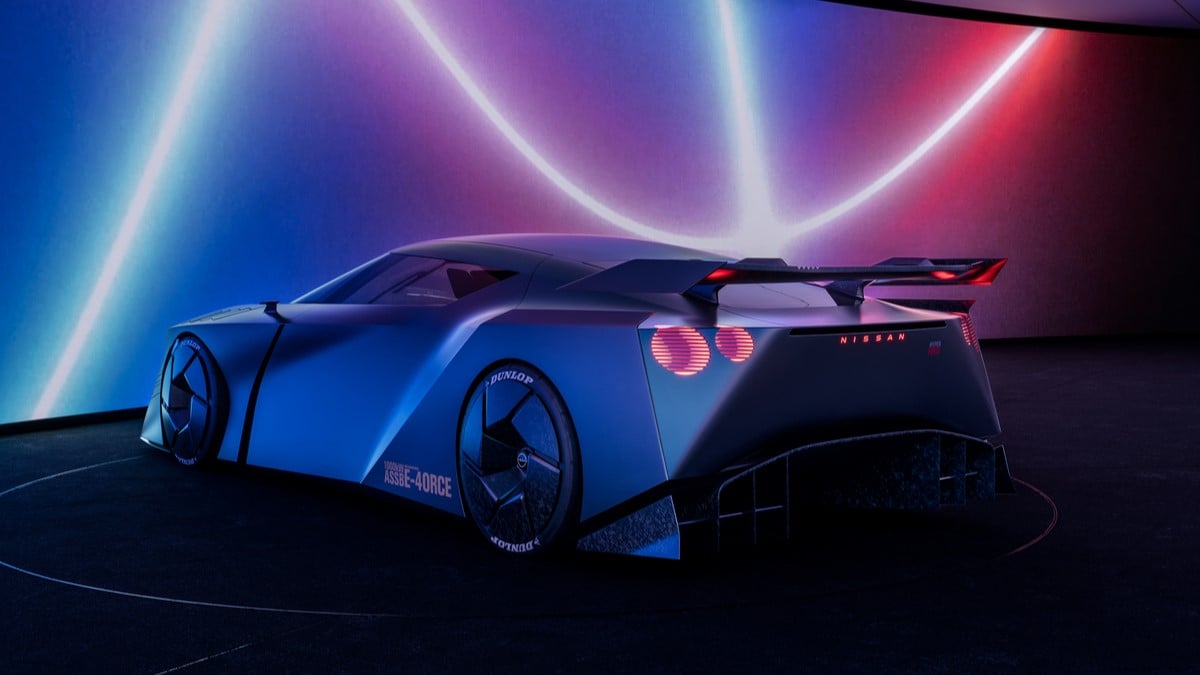The Nissan Hyper Force Concept isn’t officially a glimpse at a future electric Nissan GT-R. But it has two driving modes: GT and R.
Nissan isn’t exactly trying to lead you away from making the mental connection, is it? Look at those taillights.
The Hyper Force Concept is the last of a series of “hyper” branded electric concept cars Nissan unveiled this week at the Japan Mobility Show (formerly the Tokyo Motor Show). But the others, like the Hyper Urban Concept with its busy fractal body pattern and impractical scissor doors, lack any obvious connection to a production car.
The Hyper Force Concept, though, looks like a GT-R wrapped in a Batmobile body kit.
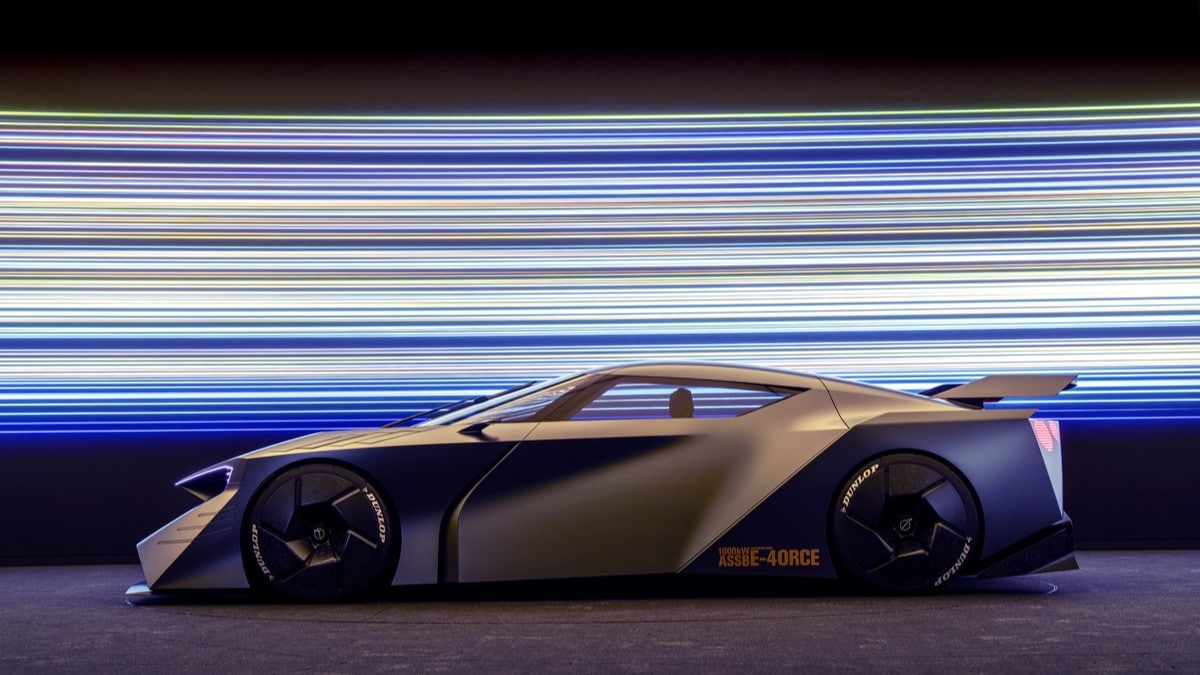
Jaw-Dropping Numbers
Nissan also has a few actual performance details on this one, which it didn’t have with the others. Notably, the company claims an “optimal-weight-balancing, all-solid-state battery that can produce output up to 1,000 (kilowatts) with precise and rapid acceleration.”
Solid-state batteries are the Holy Grail of electric vehicle (EV) development. In theory, they will charge faster, provide more range, weigh less, and use fewer exotic minerals than today’s EV batteries. Nissan is one of several automakers who have publicly disclosed a project to develop them.
Related – Nissan: We May Have Solid-State Batteries in 2028
That converts to about 1,340 horsepower — an absurd number if the GT-R weren’t already, informally, known as Godzilla.
The Hyper Force uses Nissan’s e-4ORCE all-wheel drive system and a body designed to maximize downforce to try to keep all that power under control.
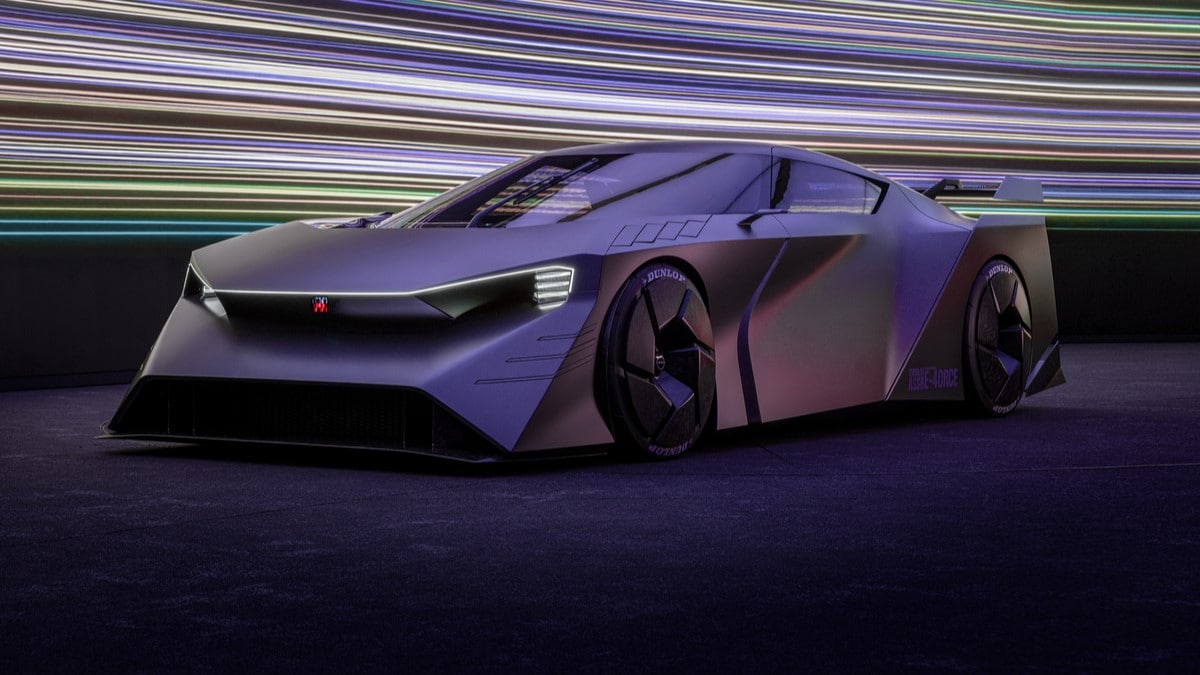
Active Aerodynamics
That body might not pass muster as a production car – good luck getting that nose through crash testing or driving anywhere but a prepared race track with that half-millimeter of ground clearance (not an official specification).
But aspects of the design could appear on a future GT-R, including the signature four round taillights and visor-style wraparound windows.
“The front canards, front fender flip, and both ends of the rear wing feature unique active aero functionality,” Nissan says. And, because no concept car is complete without a line of technobabble straight out of a 1990s sci-fi movie, the company adds, “a newly developed plasma actuator suppresses air detachment to maximize grip and minimize inner-wheel lift during cornering.”
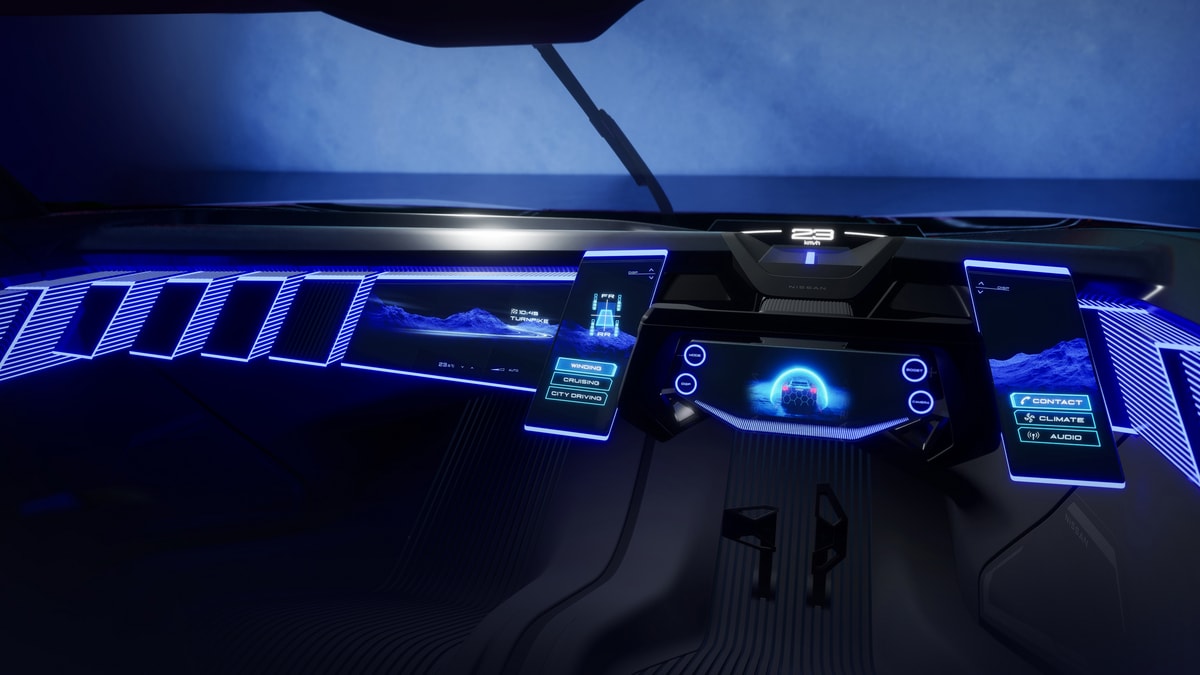
GT Mode, R Mode
Those driving modes? In GT, the cockpit illuminates in cool blue, “and the screens surrounding the steering wheel move away and combine together, providing an immersive experience with a simpler infotainment interface, including air conditioning, audio, suspension, and stabilizer settings, for a comfortable drive.”
In R, the same lighting goes red, and “panels on the dashboard extend toward the seating space to enhance the cockpit feel around the driver.” Cockpit screens switch to displaying race-needed data like brake rotor temperature and tire grip.
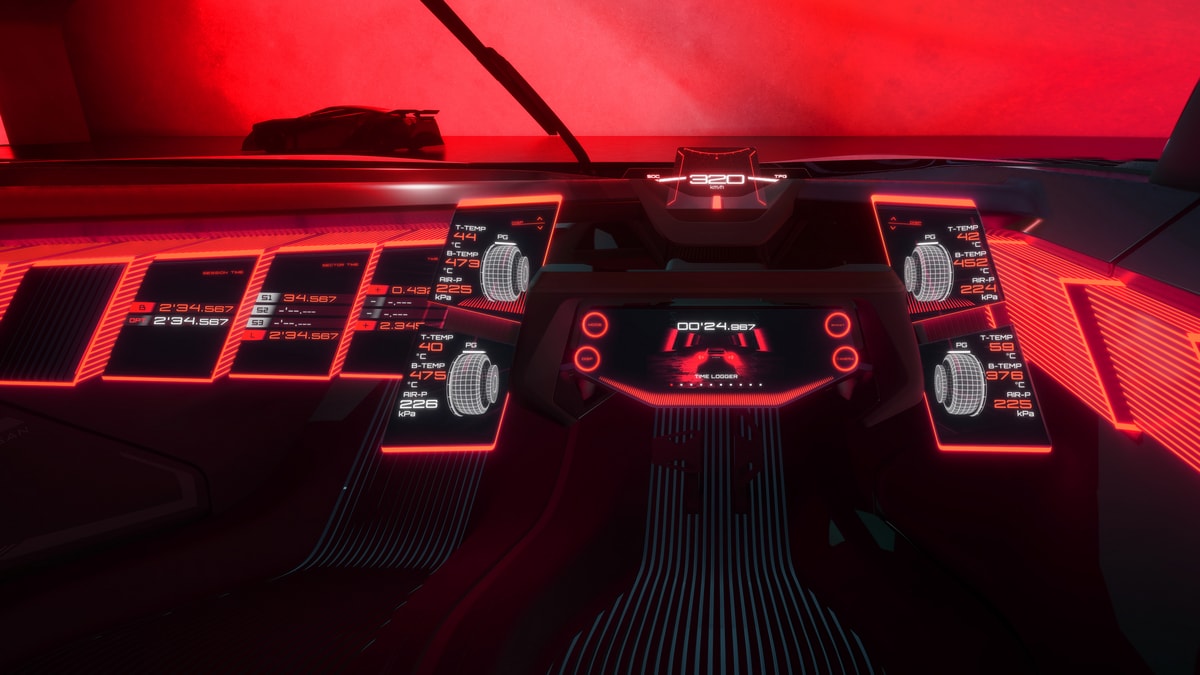
Should the screens not seem sci-fi enough, “the driver can use a special helmet with blind visors for VR that enables entering a gamified driving experience.”
It’s all a bit, well, hyper. But, while we think all of Nissan’s “hyper” concepts are far-fetched, this one hints at something practical. The GT-R remains a remarkable supercar at a down-to-earth price. But it’s an aging platform. The mechanical underpinnings of Godzilla are essentially 15 years old. It’s not likely to soldier on in this form much longer.
Nissan is clearly thinking about its next form.
